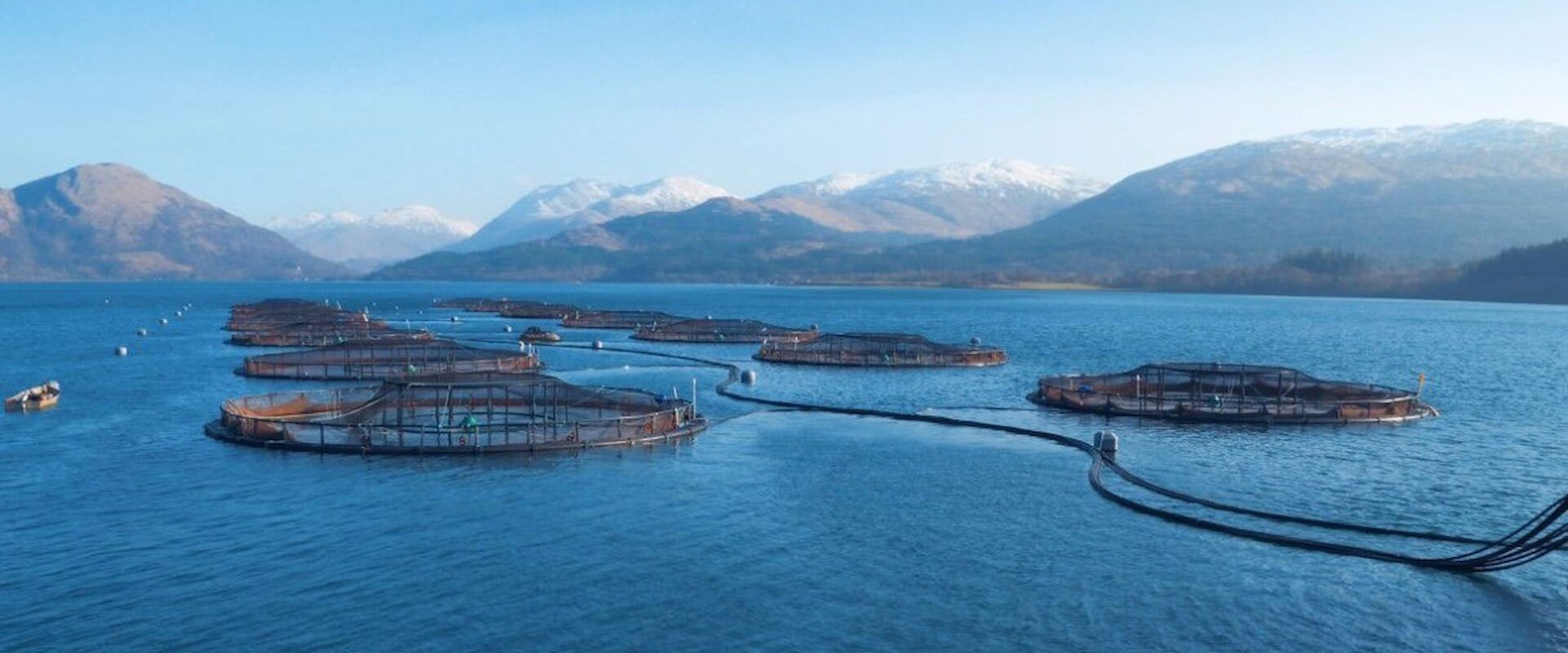Figures produced by the sector’s representative body, Salmon Scotland and broken down on a regional basis for the first time, show the value of salmon produced in the different farming areas.
According to the statistics, the North Coast and West Highlands area produced the most fish – 26 per cent of total, or 15,900 tonnes in Q3 2021. Argyll and Clyde is next with 14,000 tonnes in the quarter, 23 per cent of production, followed by Shetland with 20 per cent of production (12,400 tonnes), the Outer Hebrides with 19 per cent (11,700 tonnes) and Orkney next on 11 per cent (6,700 tonnes).
Farmgate prices for Atlantic salmon experienced a seasonal decline during the initial stages of Q3 2021 before rallying at the end of the period. However, they remain some way behind the returns recorded pre-pandemic at the end of 2019.
In addition to benefiting communities financially, the salmon sector directly employs 2,500 people directly, paying them an average salary of about £38,000.
Salmon Scotland Chief Executive Tavish Scott said that the figures were “excellent news” for Scotland, for rural communities and for the country as a whole.
“Sales of fresh and chilled Atlantic salmon to the EU have now reached record volumes, helping it to maintain its position as the UK’s most valuable food export”, Mr Scott said.
Almost £192 million worth of salmon was exported from Scotland in the third quarter of 2021, down slightly from £202 million in the second quarter. However, overall Q1-Q3 exports in 2021 have eclipsed the whole of 2020 during the pandemic.
This encouraging performance happened despite the challenge of many key outlets and routes to market for Scottish salmon remaining closed or below capacity during the period.
“Volumes of chilled salmon increased by two per cent in volume and value terms in the year to the end of October. This meant that we maintained growth experienced in retail during the initial stages of the pandemic as food service outlets were closed.”
“We are expecting to produce 217,000 tonnes in total this year, which will represent an increase of 9300 tonnes, or 4.5 per cent, on 2020.”
Mr Scott said that he was optimistic about the future of the sector. “As more businesses return to full capacity, the outlook for domestic consumption in the restaurant and hospitality sector should remain positive.
“This is because consumers will take the opportunity to eat out more often while at the same time cooking and enjoying salmon in their own homes.”
He continued: “The sector is proving just how robust and agile it is in challenging market conditions. This is clearly very good news for Scotland’s rural and island communities and all who live and work in them.
“As a sector, we will remain a major employer as we consolidate our market position and grow and prosper in the future.”
Publication of the regional breakdown and detailed estimates by quarter for production and trade figures represents a new development for Salmon Scotland.
Mr Scott said the publication reinforced the sector’s commitment to transparency and openness and would build on the sustainability and environmental reports published by the sector to coincide with COP26 in Glasgow earlier this month (Nov).

